Vintage, antique, shabby chic – these terms are used interchangeably and synonymously. But in actuality, they are quite different. Let’s investigate the differences:
What is antique?
According to Merriam Webster, an antique is, “a relic or object of ancient times” or “a work of art, piece of furniture, or decorative object made at an earlier period and according to various customs laws at least 100 years ago”. Ruby Lane, an online marketplace of independent antique and collectibles shops, offers a similar definition, explaining, “Most authorities consider the actual definition of the term ‘antique’ to mean an age of at least 100 years. If an item is not definitively datable to 100 or more years in age, it should not be directly referred to as an antique.”
What is vintage?
The definition of vintage is trickier. The term ‘vintage’ is, “a period of origin or manufacture” (e.g. a vintage 1960s Mercedes) or “length of existence: age”. Ruby Lane provides a much more helpful explanation, noting, “An item described as ‘vintage’ should speak of the era in which it was produced. Vintage can mean an item is of a certain period of time, as in “vintage 1950’s” but it can also mean (and probably always should), that the item exhibits the best of a certain quality, or qualities, associate with or belonging to that specific era. In other words, for the term vintage to accurately apply to it, an item should be somewhat representational and recognizable as belonging to the era in which it was made.”
What is Shabby Chic?
Oxford Dictionaries defines shabby chic as, “A style of interior decoration that uses furniture and soft furnishings that are or appear to be pleasingly old and slightly worn”. Although I prefer the Urban Dictionary definition, “Something (maybe someone, i.e. Joan Collins) that’s rather worn out/tattered yet has a touch of understated class… Example: Slightly ratty but…gorgeous Prada handbag, with a pair of Vivian Westwood slacks, and perhaps some frayed cashmere sweater”. Shabby Chic furniture and accessories are usually new pieces that are made to look old. (Think Anthropologie)
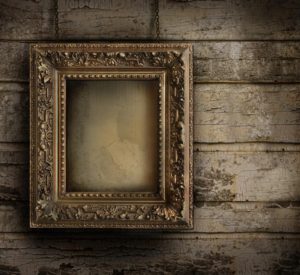
Antique, vintage and shabby chic pieces all have their place in design. I love to incorporate these, mixing and matching with rustic, modern and mid-century décor.
Flea markets, antique shops and even garage sales can be sources of great pieces, but they require patience and the ability to “see” the piece outside the clutter of the store. I recommend physically moving the piece to create separation. Most flea markets and antique shops “stack” pieces on top of one another. Clear the piece and the “stuff” around it in order to get a better idea of how the piece will look in your home and also to inspect it for any damage beyond that which adds “character”.
One of my favorite things is to “re-purpose” vintage finds. Recently, I purchased an antique sewing machine, which I plan to re-design as a table or chair. Decorative objects can be made into lamps; old doors can become tabletops; armoires can be converted into desks. There is so much inspiration online for recreating too. Let your imagination go wild!
Although flea markets are typically spring and summer destinations, many are open year round. Try the Folsom Boulevard Flea Market or our local Tahoe Flea Market.
Enjoy the thrill of the hunt!
References:
Merriam Webster Dictionary
https://www.merriam-webster.com
Apartment Therapy
http://www.apartmenttherapy.com/age-defining-an-130615
Ruby Lane
https://www.rubylane.com
Oxford Dictionary
https://en.oxforddictionaries.com/definition/shabby_chic
Urban Dictionary
http://www.urbandictionary.com/define.php?term=Shabby%20Chic
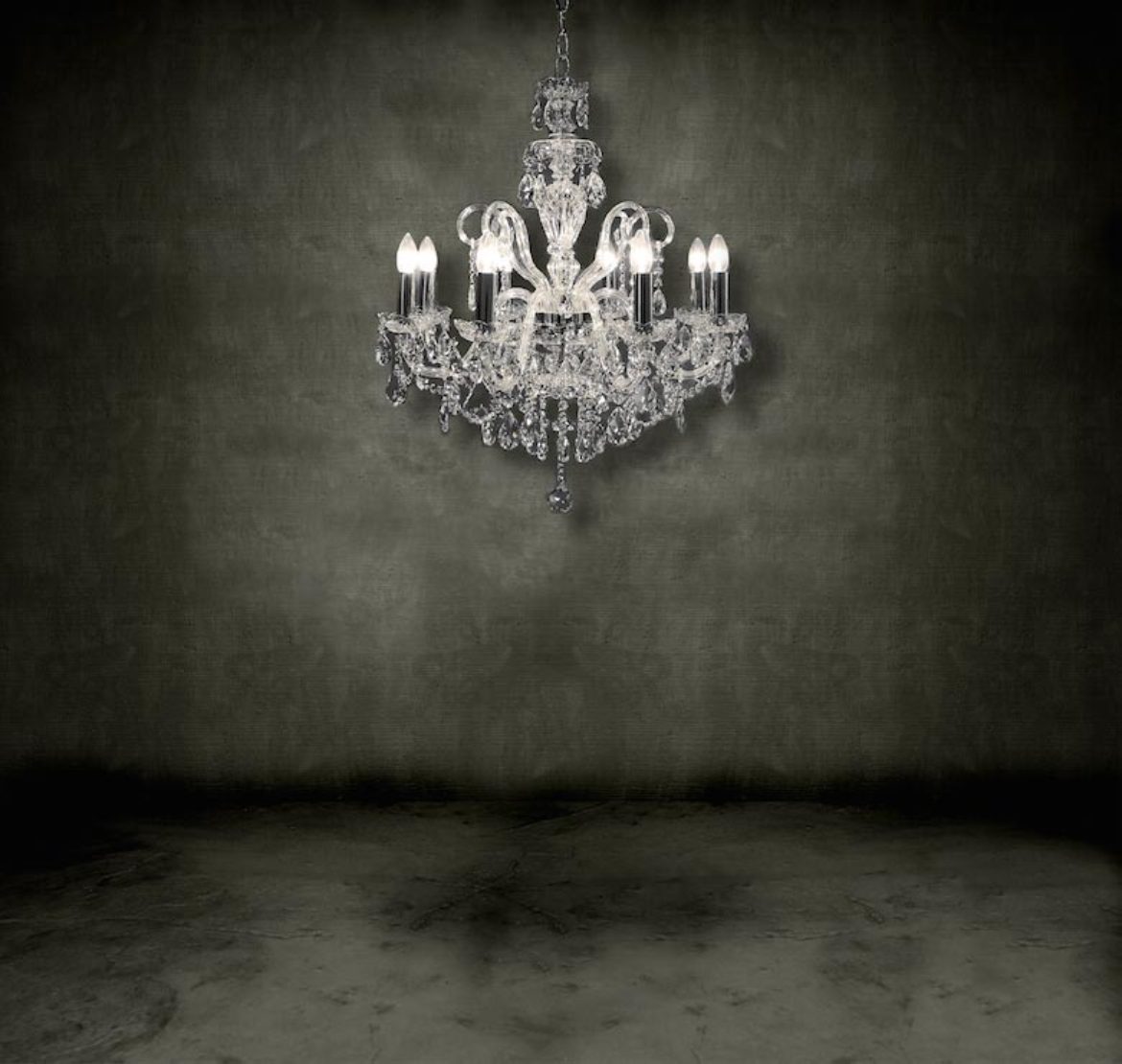

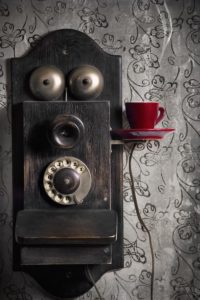
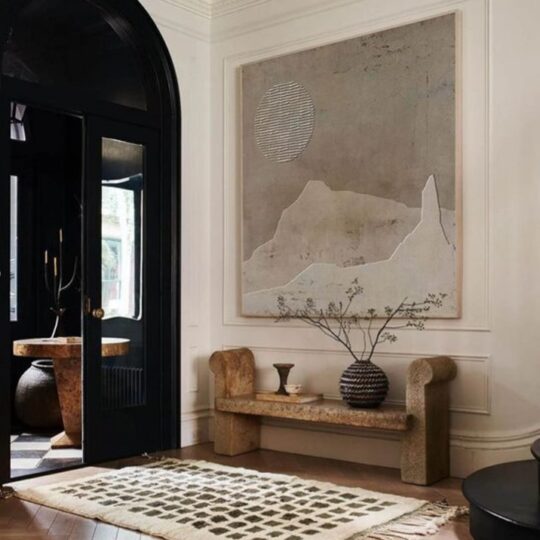
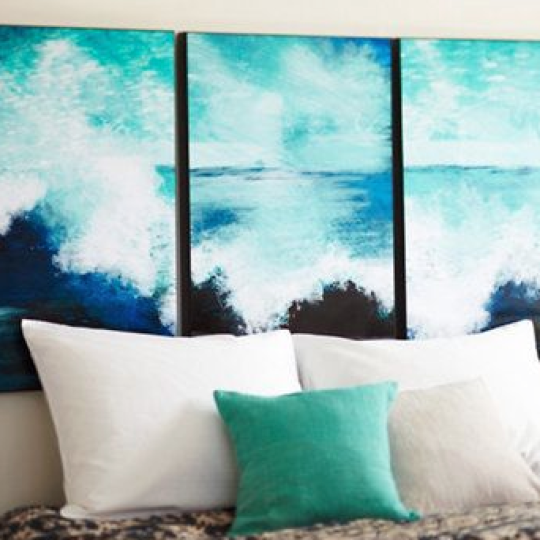






Sorry, the comment form is closed at this time.